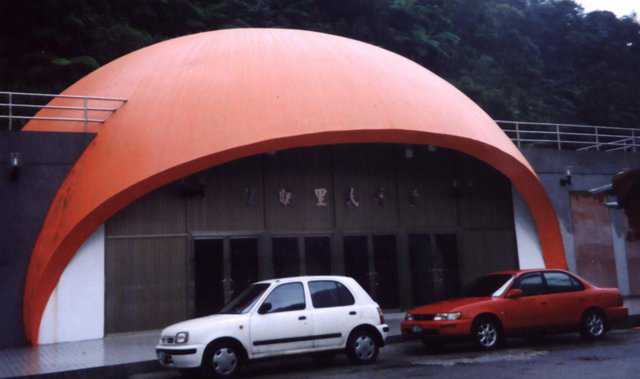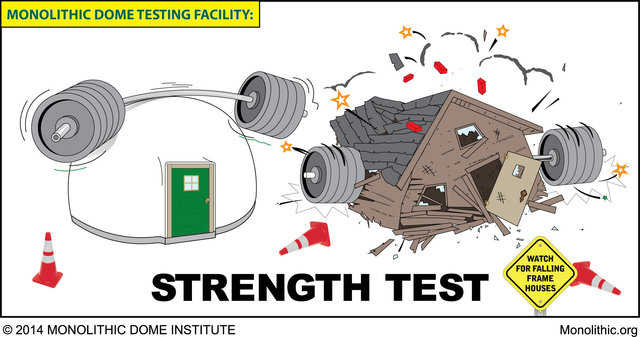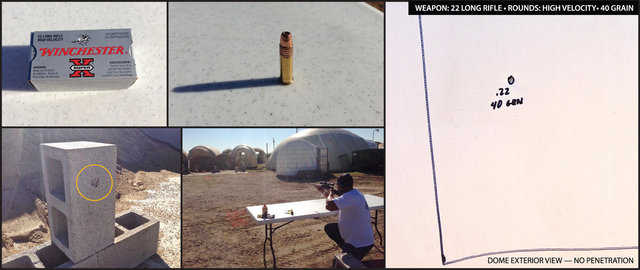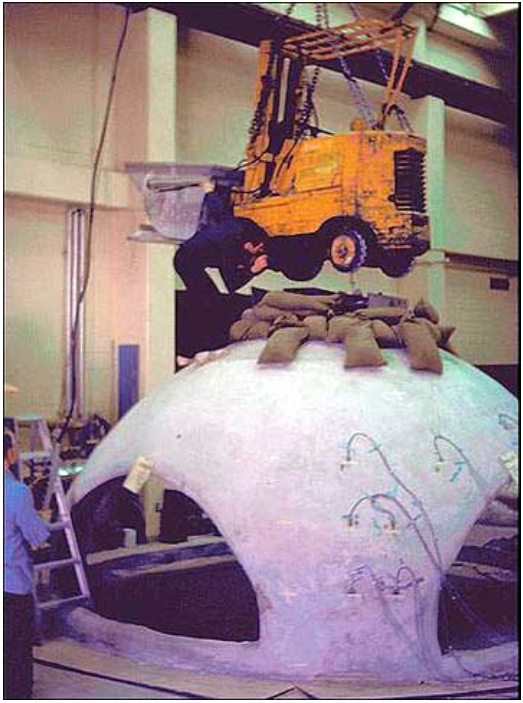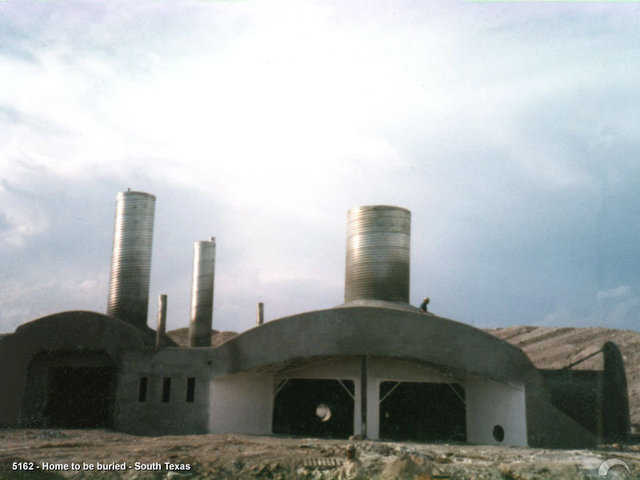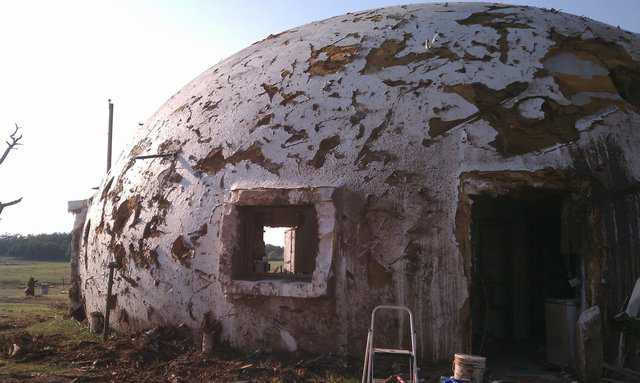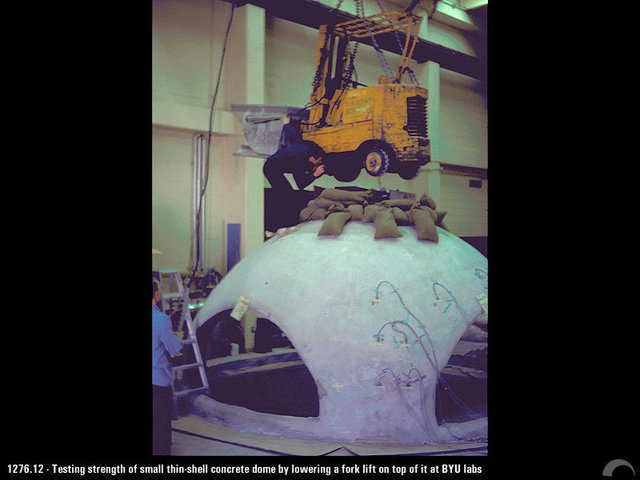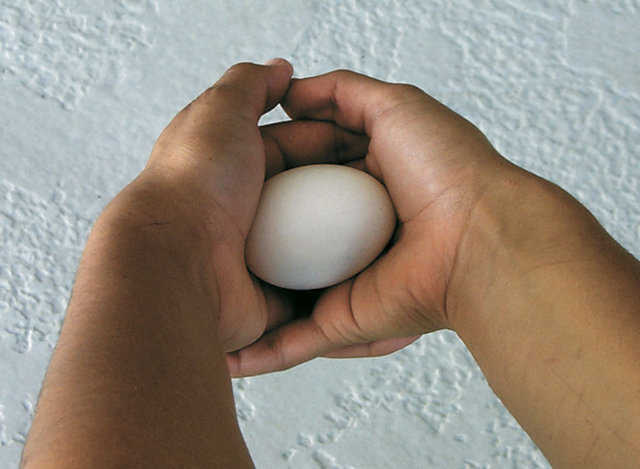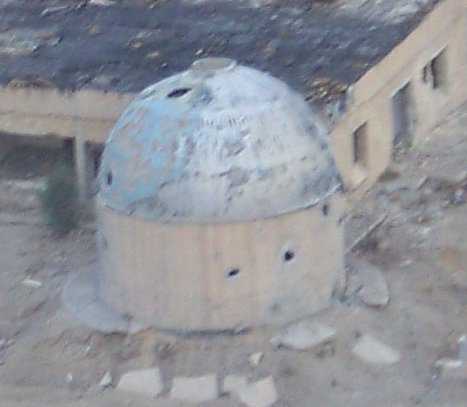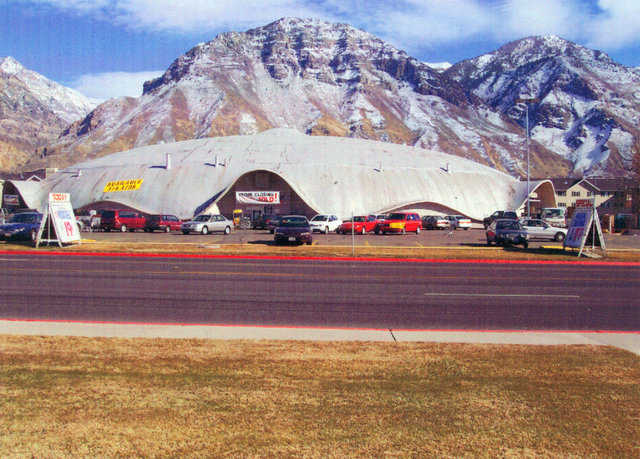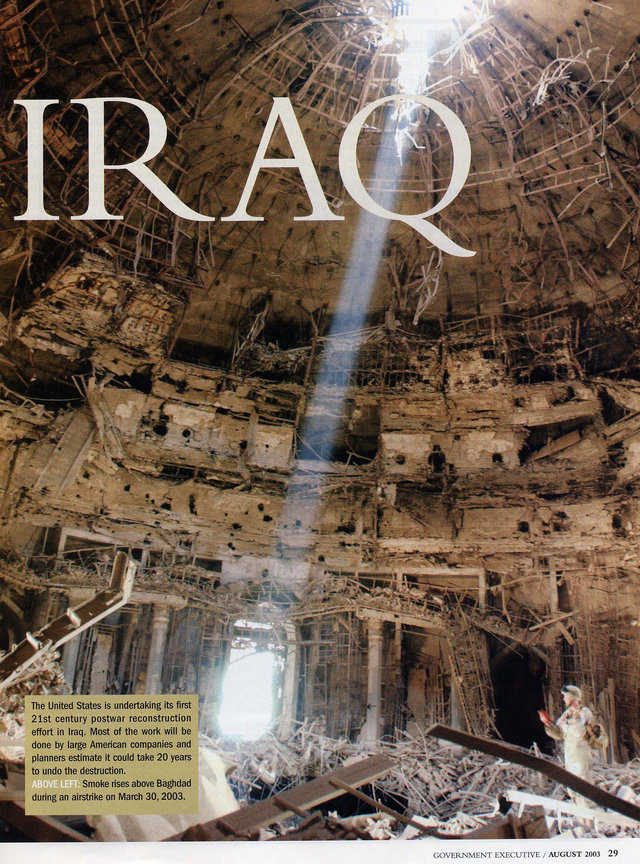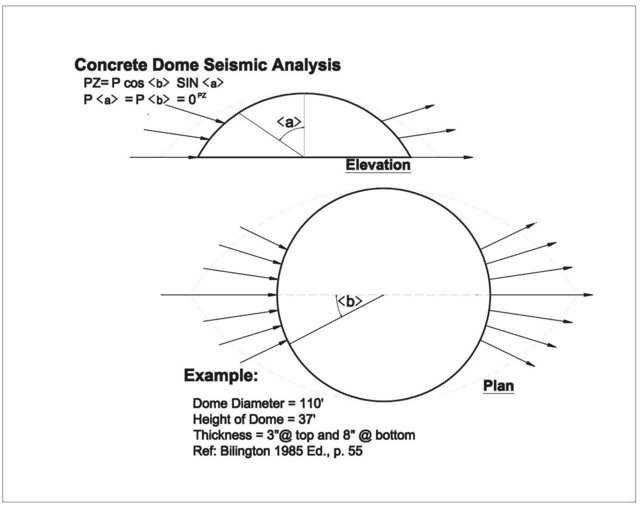Monolithic Dome Benefits: Strength
Whether it’s your home, your children’s school or some other structure that you and your loved ones spend time in, nothing beats knowing that you’re in a place that cannot be destroyed by most natural or manmade disasters. That’s the confidence Monolithic Domes offer. Because they have the strength to withstand tornadoes, hurricanes and earthquakes, Monolithic Domes provide what FEMA calls “near-absolute protection.” They are also fire-resistant, rot-proof and termite-proof. That unbeatable strength comes from the concrete and steel used in the dome’s construction and from its rounded shape. Monolithic Domes are the most disaster-resistant structures that can be built affordably.
The Monolithic™ Dome — is the most disaster resistant building that can be built at a reasonable price. A wind of 250 MPH (used in FEMA 361) pushes with a pressue of 300 pounds per square foot. If the wind speed increases to 300 miles per hour the pressure increases to 404 pounds per square foot (psf). Wind speed of 300 MPH is considered maximum for a tornado. A Force 5 tornado pushes with 4 times the pressue of a Force 5 hurricane. No normal building can withstand that much pressure. Many Monolithic Domes are buried up to 30 feet deep. They must withstand pressured up to 1 ton per square foot (2000 psf). The fact is, the Monolithic™ Dome is not flat and therefore never can maximum wind push against more than a small area.
